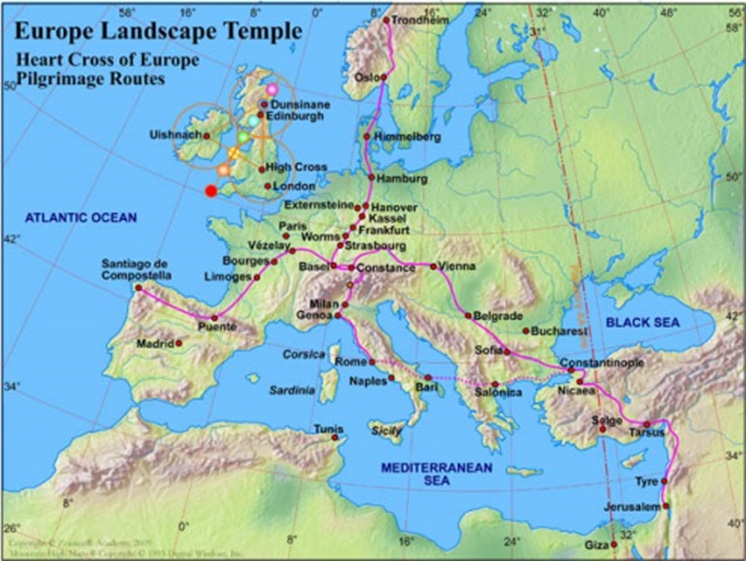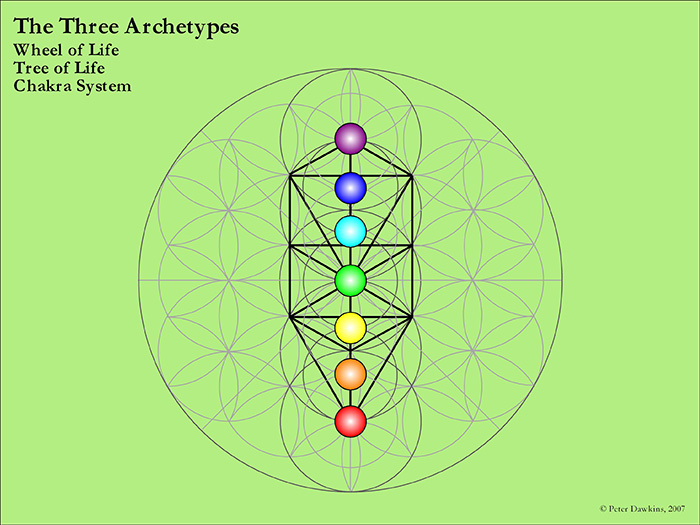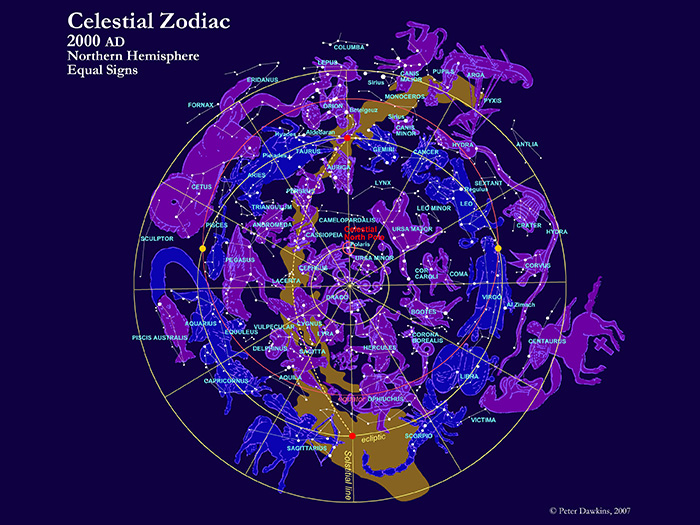The Geomantic Swan of Europe
The Pilgrimage Cross of Europe, like the Northern Cross in the sky, can be understood figuratively as the Swan (Cygnus), which provides a complementary allegory (Leda and the Swan) to that of Europa and the Bull, both of which pertain to Europe’s geomantic role in the world as the throat chakra of the planet. Both the Bull and the Swan are symbolically associated with the throat chakra, the one sowing the wisdom and establishing law and justice, and the other raising and expanding consciousness and developing culture.
The Swan symbolism has been employed from ancient times as a symbol of the shaman and hierophantic initiate-poet, such as for Orpheus, and it was famously used by Ben Jonson to describe Shakespeare as "The Sweet Swan of Avon" (i.e. the sweetly singing swan or poet). Like the powerful neck of the bull, the long neck of the swan emphasises the throat. It is via the throat that we speak, and if it is wisdom that we speak then it is said that we are sounding the Word, the spoken form of the Wisdom of God. This, it is said, in terms of divinity, creates the universe. A true poet is said to imitate or echo, as a human being, this divine creativity. Nature does the same in its own way, and man is just as much a part of nature as he/she is part of the spiritual world.
Whereas the east-west pilgrimage route of the Pilgrimage Cross of Europe, stretching from Istanbul to Santiago de Compostela, forms the spine and main chakra system of the geomantic Bull of Europe, the north-south pilgrimage route of the Pilgrimage Cross forms the spine and main chakra system of the geomantic Swan of Europe. In the Swan scenario, the Swan's wings are formed by the east-west pilgrimage route. The relationship of the north-south Swan axis with the east-west Bull axis, as a Cross, expresses the mystery of the relationship of the Swan and Bull as symbols of the function of the throat chakra.
In classical mythology the myth of Leda and the Swan is the one that complements the myth of Europa and the Bull in terms of the creative role of Zeus in the function of the throat chakra. Just as in the Europa and Bull myth it is mainland Europe that represents the Bull and the British Isles that represents Europa, so in the Leda and Swan myth it is mainland Europe that represents the Swan whilst the British Isles represents Leda. Greek mythology describes the great god Zeus (Latin, Deus) as taking on the symbolic form either of a bull or of a swan for the creative role associated with the throat chakra, whilst the great goddess takes on the symbolic form of Europa or Leda. In the case of the goddess, mythology describes her form as being either naturalistic (i.e. as a cow or a swan) or human. In the former ‘naturalistic’ case, Egyptian mythology maintains the most clarity in symbolising Osiris as a bull and Isis as a cow (although she became a bird when Osiris impregnated her). In the latter ‘human’ case, Zeus could be and often was associated with a king. The matching Hindu myth to the Greek myth of Leda and the Swan is that of Brahma and Saraswati, whose vehicle of manifestation is the Hamsa Swan. Brahma is that masculine aspect of the Trimurti (Holy Trinity) that creates through sound. Saraswati is the feminine aspect of the Trimurti that gives a form of expression to the vibrational wisdom and develops language, consciousness and culture, including the arts and sciences.
The spine of the geomantic Swan of Europe is associated with the north-south pilgrimage route of the Pilgrimage Cross of Europe. This pilgrimage route follows, in a serpent-like fashion, a north-south earth energy line that appears to be both a planetary electro-magnetic meridian and a broad ley line of etheric energy that is part of the etheric light body of the planet. This line, or the central part of this line, approximately follows the 9° longitude and passes through the town of Constance on the German-Swiss border. The chakras of the European Swan are located along this line.
The crown chakra of the Swan of Europe lies in Norway, focused on the Jotunheimen Mountains but reaching up to Trondheim. The brow chakra lies in Jutland, Denmark, and is manifest as a series of smaller, interlinked landscape zodiacs. The throat chakra is formed by the Exterland landscape zodiac, centred on the famous Externsteine in northern Germany. The heart chakra is manifested as the Constance landscape zodiac centred on the town of Constance and embracing Lake Constance, the High Rhine and the Isle of Reichenau. The solar plexus chakra is focused on Milan in Northern Italy, but its energy and influence spreads throughout Northern Italy.
In terms of the north-south energy line, the sacral and root chakras of the European Swan lie in the islands of Corsica and Sardinia respectively, but there is a geomantic alternative. This alternative is derived from the fact that the north-south pilgrimage route goes southwards through Italy to Rome (and beyond). In this latter scenario, Rome (and also perhaps Naples) would seem to focus the sacral chakra, whilst Sicily appears to form the landscape root chakra—or perhaps a foot of the Swan.








